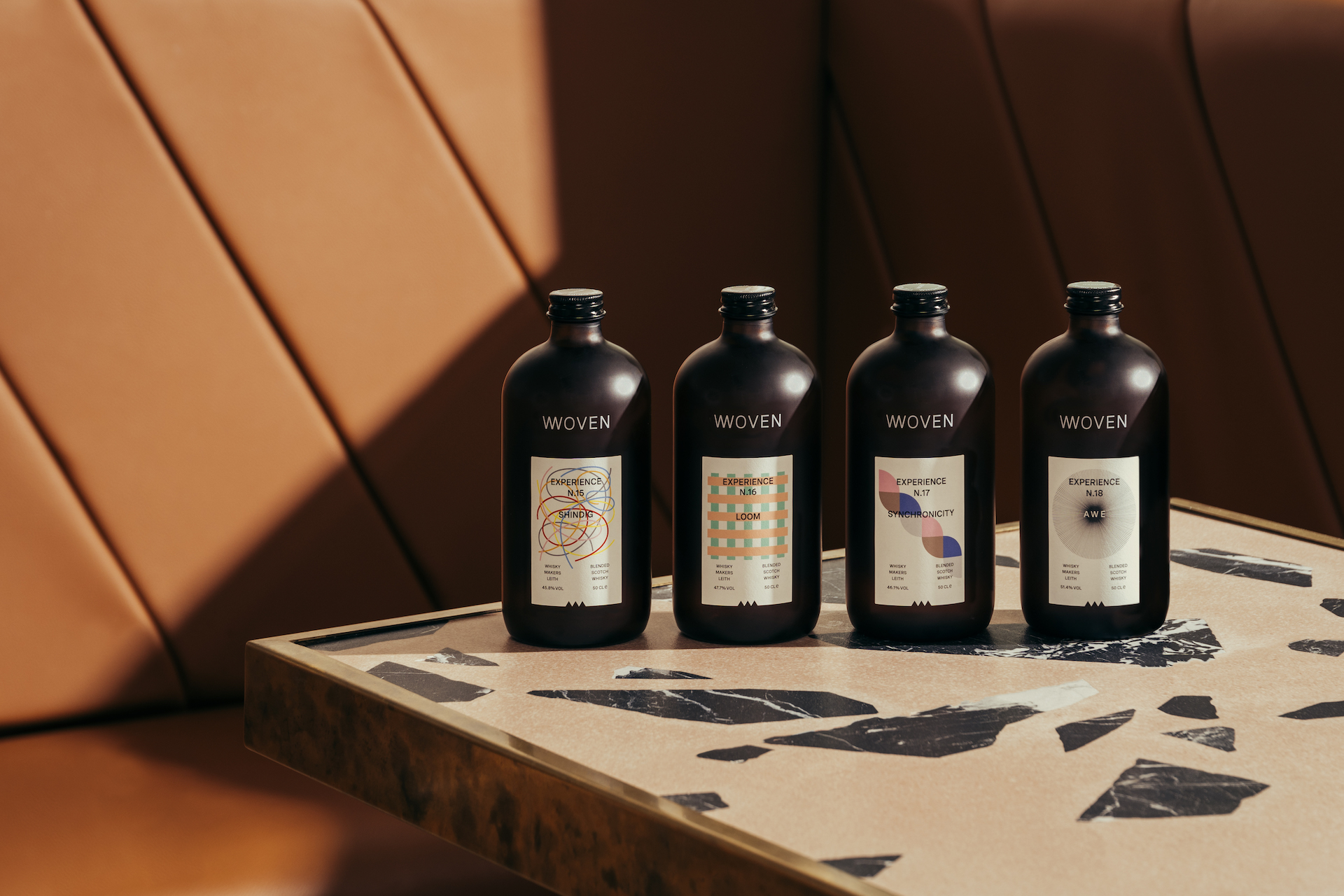You can also listen to this podcast on iono.fm here.
ADVERTISEMENT
CONTINUE READING BELOW
FIFI PETERS: Now we’re talking about the Springboks and what ‘Springbok fever’ can partly be thanked for right now: apparently an improvement in confidence among retailers in South Africa in the third quarter.
The latest index from the Bureau [for] Economic Research, the BER, was released earlier today, and it showed that retail trade confidence recovered from the losses that were experienced in the second quarter. It rose to 32%, and one of the main reasons that could have done this is the 2023 Rugby World Cup, which potentially has boosted sales among some sports retailers.
We’ve got Helanya Fourie, a senior economist at the BER for more. Helanya, do we have the Bokke to thank for this? Should we be tweeting Siya Kolisi, the captain, right now, and saying ‘Thank you on behalf of the retailers for boosting confidence a bit in the third quarter’?
HELANYA FOURIE: Fifi, yes, I think it would’ve contributed, but it’s certainly not the only reason for the increased confidence.
I think the first thing to say is that retailer confidence in Q2 was particularly poor. It dropped to 20% because of a combination of 50-basis-point rate hikes, inflation that was still above the Sarb’s[South African Reserve Bank’s] target range, as well as quite a bleak outlook for load shedding in winter.
We’ve passed Q2, we’ve survived, and retailers are certainly feeling a little more upbeat.
There are various reasons that have contributed to this, but perhaps increased clothing and footwear sales, of which a portion can be attributed to Springbok wear, sure, could have played a role.
FIFI PETERS: Hey, we’ll take it, we’ll take it. We’re riding on the positive energy that the team is sending us all the way from France.
But to talk about more serious matters then, perhaps the biggest factors that have been behind the improvement in confidence – notwithstanding the fact that confidence still remains very low compared to historical standards – take us through some of the main features in your view that have helped lift the mood a bit in the third quarter.
HELANYA FOURIE: I think in this context it’s useful to know exactly what we measure. We ask a representative sample of retailers whether they are satisfied with prevailing business conditions – and the proportion that answers that then becomes the confidence index. A reading of 32% means that 32% of retailers answered yes, they’re satisfied with prevailing business conditions – which is still only one out of three. So it’s still quite low.
But despite that there are some signs of hope. We see very different trends in the different retail categories.
Interestingly, semi-durables – clothing and footwear and leather goods – is the one category that’s continuously outperforming the others. That’s of course driving a chunk of this boost in confidence.
Factors that could be helping are the fact that 412 000 jobs were created in the first half of this year. That’s of course encouraging and it’s a big bunch of people who need new clothes for the office and for jobs.
ADVERTISEMENT
CONTINUE READING BELOW
Something that is perhaps a bit of a two-edged sword is that when luxuries like cars, jewellery and expensive holidays become out of the question because of high interest rates or a weak exchange rate, people tend to spend on clothes. That’s also helping that sector.
And then, interestingly, the inflation rate on clothing and footwear has been below headline inflation for quite some time. So there are a couple of things that have driven people to the shops.
On the non-durable side – your food, your beverages, your pharmaceuticals; that sector we see is still struggling. But in terms of our sales volume index, it’s at the highest point it’s been all year; so it’s still below average but definitely improving. A factor that is helping non-durable goods sales would be [that] food inflation is definitely tapering [off]. It’s still quite high but expect it to come down. And our respondents seem confident that this time our trend will continue, so that’s also something to be thankful for.
FIFI PETERS: You have put the survey in perspective. So 32% of respondents are slightly more confident about the operating conditions right now; the majority are not. For the majority that still remain quite pessimistic about operating conditions, what are their concerns? Is it the usual – the load shedding, high inflation? You mentioned interest rates, or are there other factors that are making their mood a bit sour?
HELANYA FOURIE: I think the two biggest drivers would be the interest rate that is still at an all-time high.
The fact that the Sarb paused the rate hikes in July definitely helped confidence in Q3, and we’ll have to see what they do on Thursday – but I think expectations are that they will continue this pause. So that might help.
But I think the impact of load shedding really shouldn’t be underestimated. When the power is out at home, we see people buying fast food or going to restaurants. That’s good, I suppose, for the restaurant sector, but not so great for retailers.
And on the retailer costs side, it increases costs when retailers need to purchase diesel for generators or even amend their opening hours just because the power is off. So those things will still definitely put a damper on confidence, I think, in Q3.
FIFI PETERS: Sure. Helanya, thanks so much for giving us those insights. It’ll be interesting to see what the next report looks like after the interest rate decision that we are all waiting for this week. But we’ll speak with you when that happens. Helanya Fourie is a senior economist at the Bureau [for] Economic Research.




